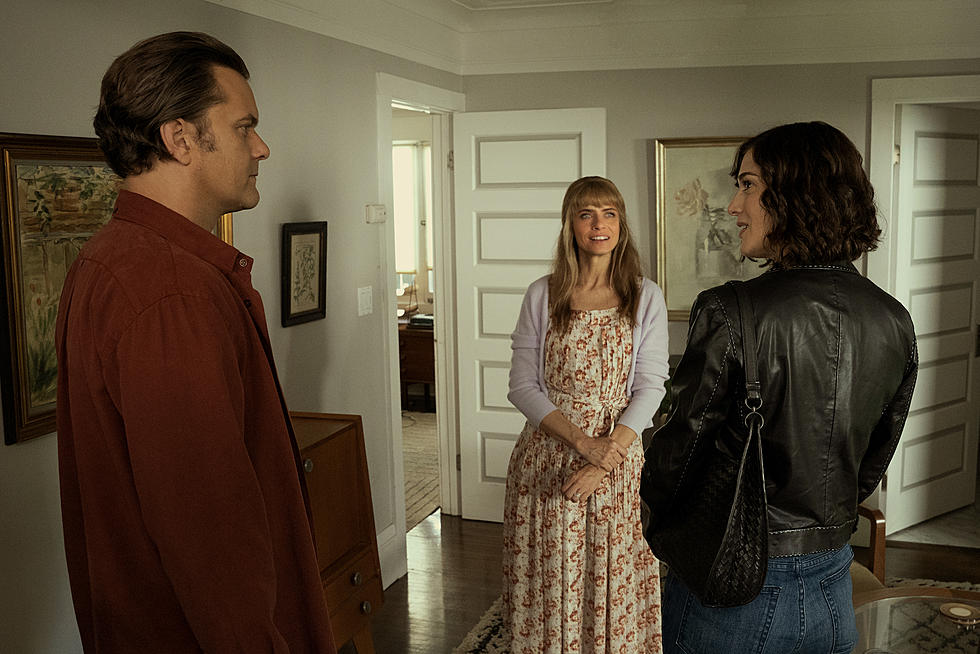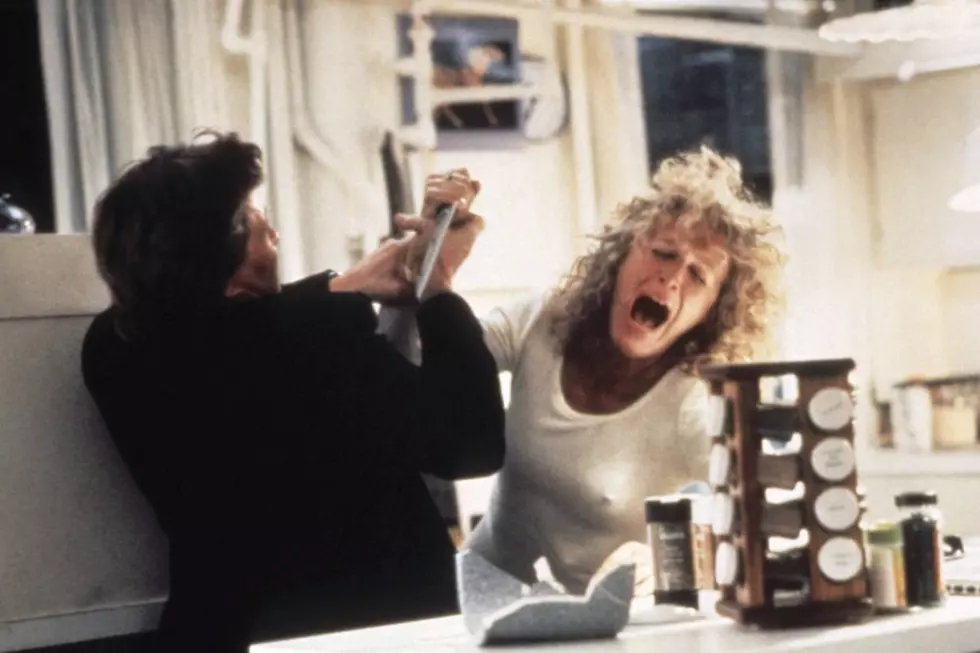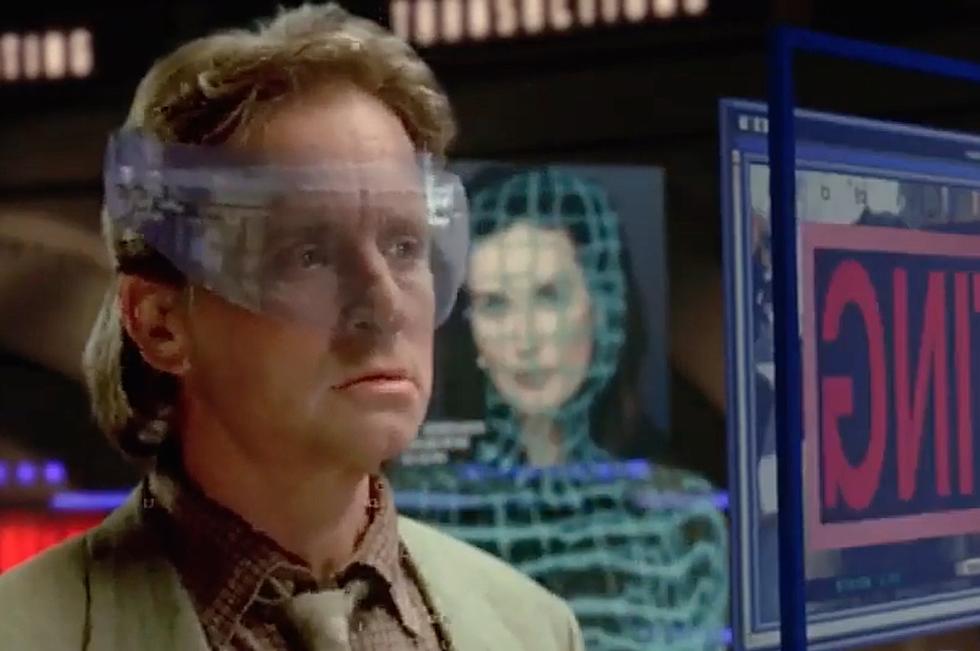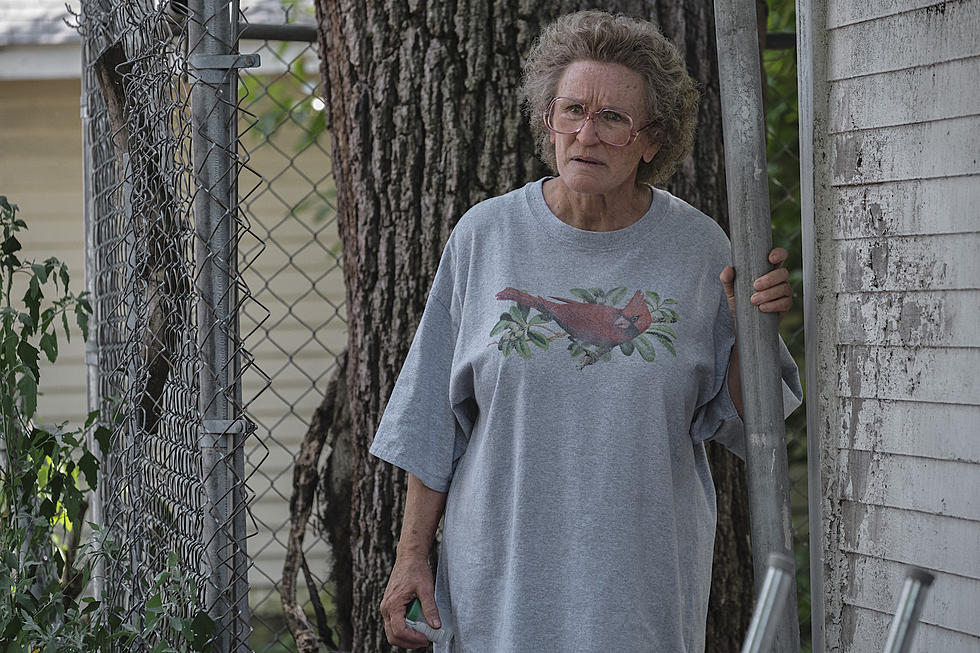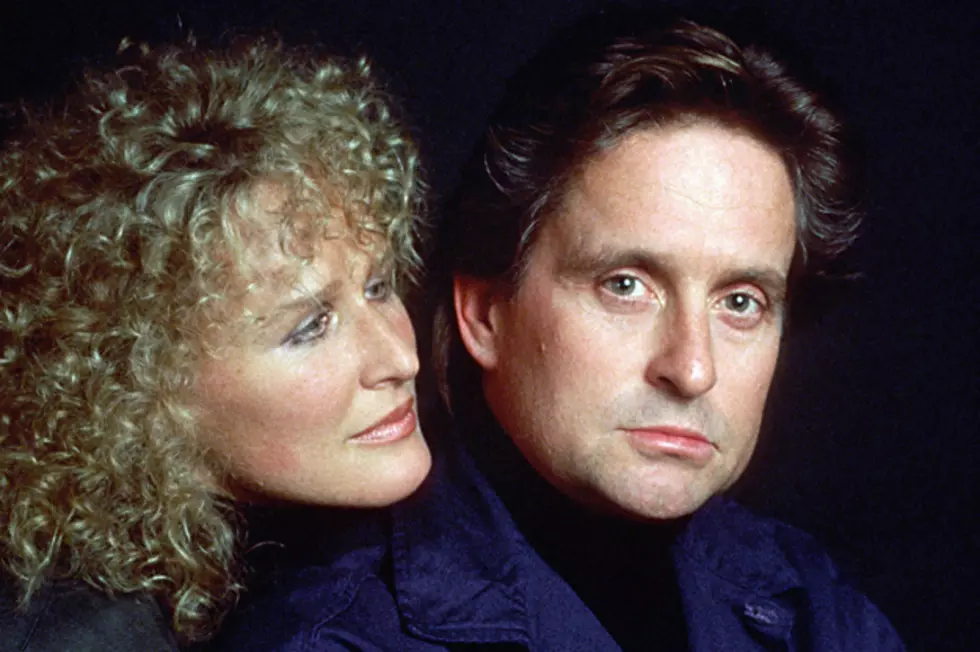
Celebrate ‘Fatal Attraction’s’ 25th Anniversary With the Alternate Ending You Never Saw
'Fatal Attraction,' the classic flick starring Glenn Close as an obsessive woman who can't let go of her one-night stand with Michael Douglas, is currently celebrating its 25th anniversary -- and there's much to celebrate. Aside from turning "fatal attraction" into an overused phrase describing the same sort of warped relationship shown on screen, the film has presently grossed more than $320 million worldwide, was nominated for six Academy Awards and scarred the bejeezes out of unfaithful husbands everywhere.
But the question is, Would the film have been just as successful if the original version was released to theaters?
In the theatrical version of 'Fatal Attraction,' the climactic ending features Close, presumed to have drowned in the bathtub, rise again for one final stab, but Anne Archer (playing Douglas' wife) shoots her. A controversy was then sparked among moviegoers with some feeling Hollywood was making a statement about women in the workplace -- the loving, stay-at-home wife ends up being the heroine who slays the insane career woman. Not to mention the fact that Alex (Douglas), the one who committed the infidelity, gets off without major repercussions from his wife.
The original ending, as it turns out, was completely different. Instead of the more violent scene we are all familiar with, Close kills herself and frames Douglas. According to Director Adrian Lyne, it was his own decision to swap out the ending for a more audience friendly resolution after seeing the viewer reactions from three separate screenings.
"I could feel the film go flat," Lyne told the LA Times. "And the audience was so with the movie until that point, that it felt dramatically unsatisfying at the end. So we decided to make a change, only and purely for dramatic reasons." So, the cast and crew were brought back months after the shoot had wrapped to record the alternate ending.
Thanks to the power of the internet, you can see the original ending of 'Fatal Attraction' below and decide for yourself if it's better than the one made for theaters.
More From ScreenCrush
